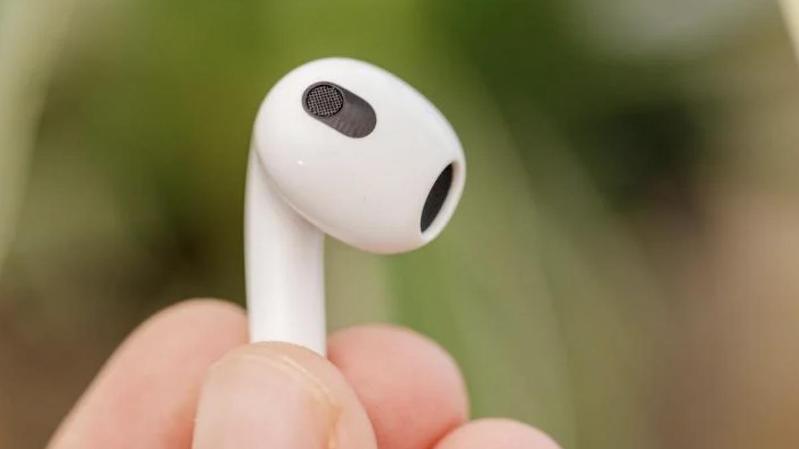The new AirPods 3, released last October, have replaced the second generation. Despite its evolution and performance improvement, it is still in the shadow of the AirPods Pro, prone to smashing success and its prices are often slashed.
A few weeks ago, What HiFi published an interesting interview with Gary Geaves, Vice President of Acoustics at Apple. The latter answered a few questions about the following AirPods Pro, and was enthralled with Bluetooth issues I had earlier.
This exchange mainly centered around this technology, which has a bad reputation among HiFi enthusiasts, particularly due to its latency.
In fact, according to Mr. Gevase, although all wireless headphones rely on it, including AirPods, they don’t provide the data rate needed to deliver high-resolution, lossless audio.
He also claims that innovations may soon emerge in this field. In particular, he mentioned more bandwidth, which is certainly possible thanks to the Bluetooth 6GHz input.
6GHz Bluetooth
The issues with Bluetooth are currently due to the use of the 2.4GHz band.
Thus, only lower data rates are possible, with a maximum of 2 Mbps as a transfer rate. Hi-Res technology requires up to 10MB/s, which therefore excludes high-resolution audio devices.
In the European Union, the sale of Bluetooth devices at 6 GHz will be allowed. So it is quite possible for a brand to switch to this format, it will only have to prove that it complies with the CE standard.
Otherwise, only one update to Bluetooth 5.2 may also be necessary. It will bring many improvements, such as a new audio codec called LC3. Also, Qualcomm has an audio standard with aptX for better sound quality.
These updates could be presented at the WWDC Developer Conference next June, especially since the second generation of AirPods Pro is highly anticipated.
AirPods design
Also in his interview, Gary Geaves explains why Apple chose an open design for AirPods 3, as opposed to a closed design for AirPods Pro.
Although it prevents noise cancellation, this option was intended, as many AirPods 2 users will be looking for a more comfortable use.
While that does cause audio issues, since the two ears aren’t the same shape as the others, it’s compensated for by an inward-facing microphone, which automatically adjusts for bass and mids.
Adaptive EQ was first introduced on AirPods Pro and now it takes advantage of AirPods 3.
To deliver the best sound quality, Jeffs says Apple employs an expert team of listeners and tuners, many of whom are professionals. Several sections will work on spatial sound.
Also, the different head shape of the headphones presents a problem, described as HRTF (Head Related Transfer Function). Thousands of measurements have been made to find a suitable solution for the largest number of users.
Apple wants to deliver natural sound, rather than effects. Besides, it uses different settings depending on your output device.
Editing of the original article published on the sister site McQuilt.

“Web fanatic. Travel scholar. Certified music evangelist. Coffee expert. Unapologetic internet guru. Beer nerd.”





